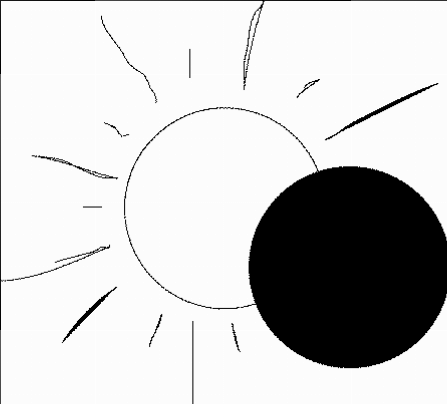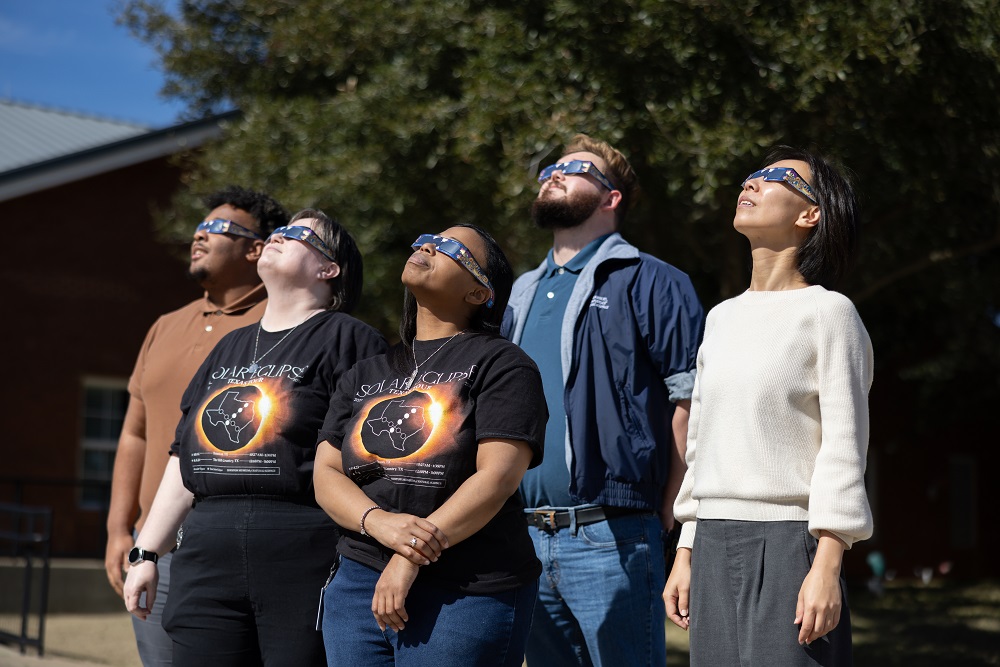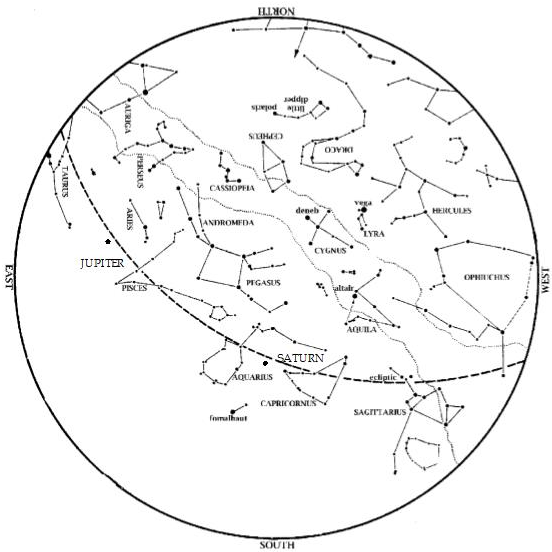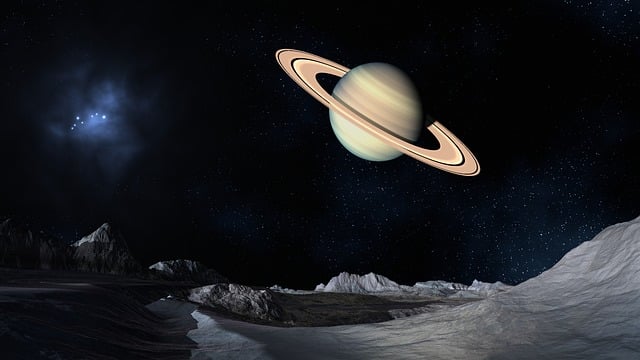There’s a partial solar eclipse happening Thursday, October 23 and you can see it all from Houston*!
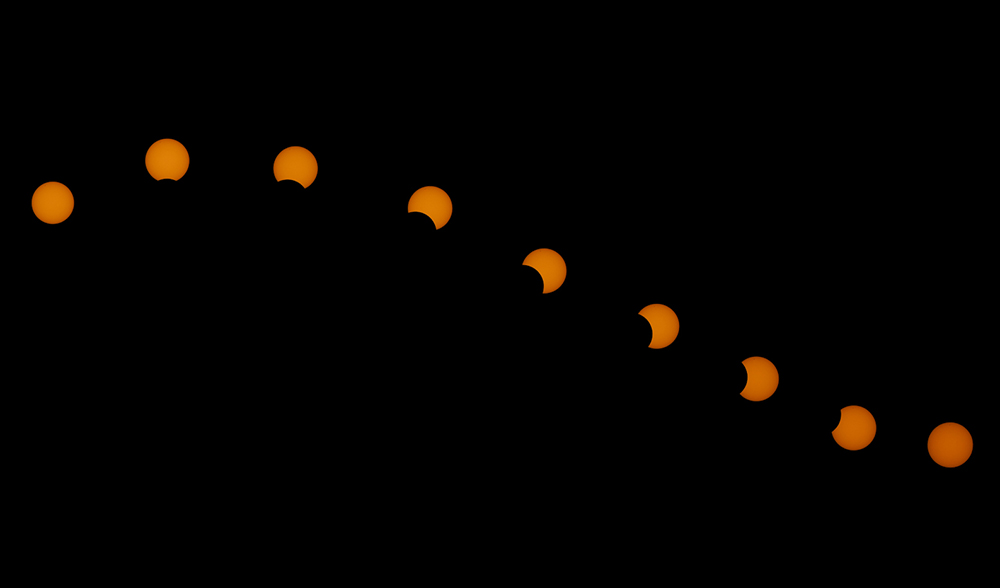 The New Moon of Thursday, October 23, 2014, aligns with the Sun and the Earth well enough to cast its shadow towards Earth. However, no one will see a total eclipse for two reasons. First of all, the Moon was at apogee (greatest distance from Earth) on October 18, and is therefore smaller than usual in our sky. As a result, it is not quite big enough to cover the Sun, and the only eclipse possible would be an annular eclipse. Also, the Moon shadow is aligned to a point in space just over the Earth’s upper limb, so nobody will even get to see an annular eclipse. The near miss, however, allows the penumbra, where the Moon partially blocks the Sun, to land on the Earth. With North America near the upper limb of the Earth at the time, Houston will be within the penumbra. Therefore we will see a partial solar eclipse, in which the Moon will cover almost a quarter of the Sun’s disk at most.
The New Moon of Thursday, October 23, 2014, aligns with the Sun and the Earth well enough to cast its shadow towards Earth. However, no one will see a total eclipse for two reasons. First of all, the Moon was at apogee (greatest distance from Earth) on October 18, and is therefore smaller than usual in our sky. As a result, it is not quite big enough to cover the Sun, and the only eclipse possible would be an annular eclipse. Also, the Moon shadow is aligned to a point in space just over the Earth’s upper limb, so nobody will even get to see an annular eclipse. The near miss, however, allows the penumbra, where the Moon partially blocks the Sun, to land on the Earth. With North America near the upper limb of the Earth at the time, Houston will be within the penumbra. Therefore we will see a partial solar eclipse, in which the Moon will cover almost a quarter of the Sun’s disk at most.
At 4:59pm CDT, look for the Moon to take a ‘bite’ out of the Sun’s disk. The Moon covers the northern limb of the Sun, which is the right side of the Sun as it sets in the west. Maximum eclipse, with the Moon covering almost 1/4 of the Sun’s disk, is at 5:58. At 6:43, the Sun sets while still in partial eclipse. After this, the next partial solar eclipse visible from Houston occurs August 21, 2017.
ECLIPSE TIMES
Eclipse begins: 4:59 PM, CDT
Mid-eclipse: 5:58 PM
Sunset: 6:43 PM
The Museum’s own George Observatory in Brazos Bend State Park will be open to the public from 1:00 -6:00 p.m. on October 23 for observing the Sun and, starting at 5:00, the eclipse.
*CAUTION: Never look directly at the Sun with the naked eye or through an unfiltered telescope. Permanent eye-damage will result.


